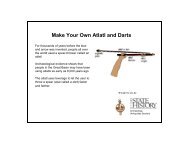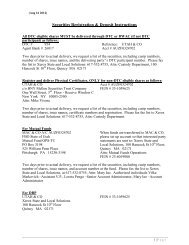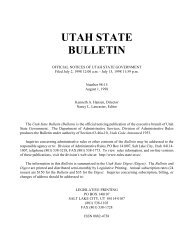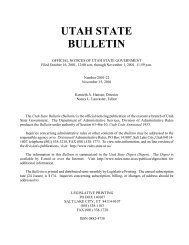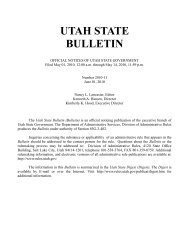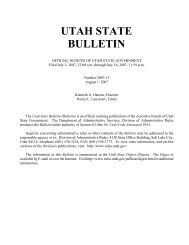Lynx avoidance [PDF] - Wisconsin Department of Natural Resources
Lynx avoidance [PDF] - Wisconsin Department of Natural Resources
Lynx avoidance [PDF] - Wisconsin Department of Natural Resources
You also want an ePaper? Increase the reach of your titles
YUMPU automatically turns print PDFs into web optimized ePapers that Google loves.
The hind legs <strong>of</strong> both bobcats and lynx are longerthan their fore legs, which help them in springing tocatch prey. However, the hind legs are even moredisproportionately large on lynx, causing them tohave a “stooped” appearance. <strong>Lynx</strong> also have muchlarger feet than bobcats. This gives them a “snowshoe-like”advantage chasing prey in deep snow.©Tom Krause©Tom KrauseTop Left:Bobcats usually have eartufts shorter than 1 inch.Top Right:Heavily furred bobcatsmight appear lynx-like,with significant ear tuftsand cheek ruffs.Left:<strong>Lynx</strong> usually have eartufts longer than 1 inch.©RJ & Linda Miller Photography9


![Lynx avoidance [PDF] - Wisconsin Department of Natural Resources](https://img.yumpu.com/41279089/9/500x640/lynx-avoidance-pdf-wisconsin-department-of-natural-resources.jpg)
